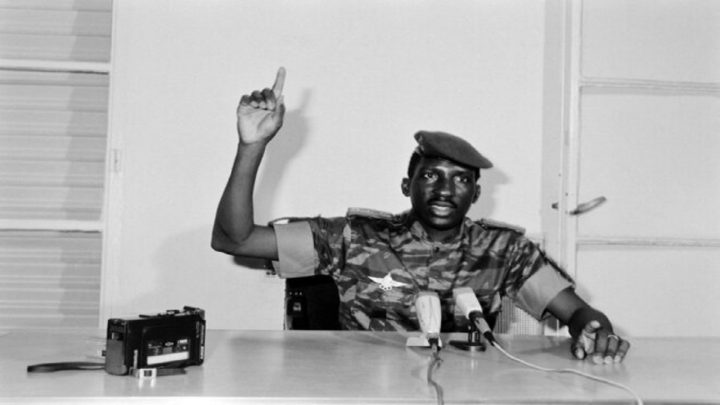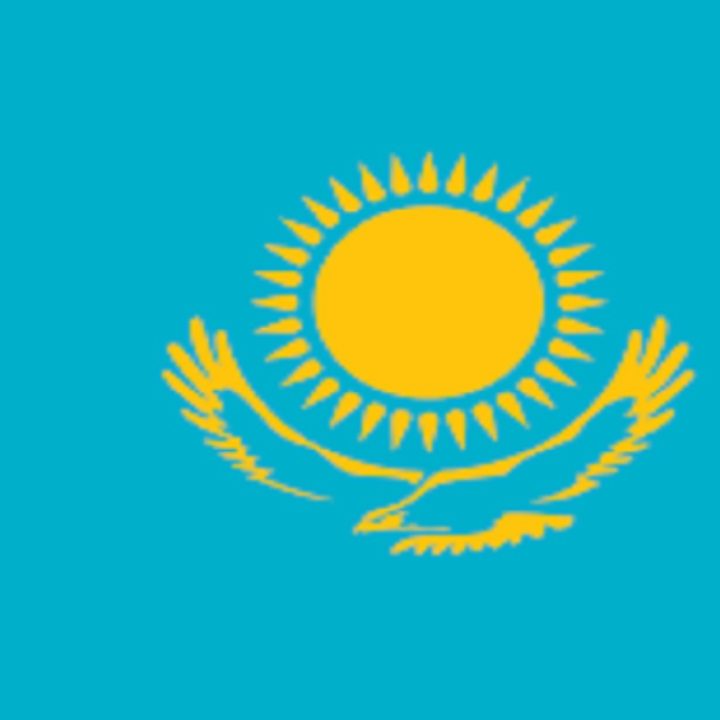20 Fascinating Facts About Burkina Faso
1. Burkina Faso is a landlocked country in West Africa. A landlocked country is entirely surrounded by land with no access to the open sea. There are currently 45 landlocked countries in the world as well as five partially recognized states.
2. Burkina Faso used to be known as Upper Volta until it changed its name in 1984.
3. Before colonization, Burkina Faso was ruled by the Mossi who arrived in the region between the 11th to the 13th centuries and ruled until the end of the 19th.
4. They called the land Mogho (“country of the Mossi”) and established five independent kingdoms: Tenkodogo, Yatenga, Gourma, Zandoma, and Ouagadougou.
5. The kingdoms became a French protectorate in 1896. In 1919, Upper Volta became a separate constituent territory of French West Africa and then an autonomous republic within the French Community in 1958.
6. Burkino Faso (Upper Volta) declared independence from France on 5 August 1960.
7. Burkina Faso translates as “Land of the Honest (Incorruptible) Men”.
8. The capital city, Ouagadougou, is a French adaptation of the native name “Wogodogo,” meaning “where people get honor and respect”.

9. According to the UK Foreign Office, Burkina Faso is one of 17 countries deemed to be entirely unsafe for tourists to visit.
10. The flag of Burkina Faso is striped red and green with a central yellow star. Yellow represents the country’s mineral wealth, red represents the revolutionary struggle and green symbolizes hope and abundance. The star stands for Sankara’s revolutionary principles.

11. Burkina Faso has three principal rivers: the Black Volta (Mouhoun), the Red Volta (Nazinon), and the White Volta (Nakambé). All of these converge in Ghana to form the Volta River which drains into Lake Volta.
12. Between 1960 and 1983, Burkina Faso experienced six coups and counter-coups.
13. As well as military coups, Burkina Faso has suffered from recurring droughts, particularly during the 1970s when drought caused a serious famine and killed an estimated 100,000 people by 1973.
14. This is largely due to Burkina Faso’s position in the Sahel region of West Africa. The Sahel is a savanna region increasingly afflicted by soil erosion and desertification.
15. Thomas Sankara, who ruled Burkina Faso for four years from 1983, is known as the “African Che Guevara” due to his radical left-wing policies and mysterious death in 1987.

16. Sankara, an accomplished guitarist, even wrote Burkina Faso’s national anthem himself.
17. Sankara’s deputy, Blaise Compaoré, took over and ruled Burkina Faso for 27 years before being ousted in a popular uprising in 2014. He was one of Africa’s longest-serving leaders.
18. Burkina Faso has three UNESCO World Heritage Sites: the Ruins of Loropéni, the Ancient Ferrous Metallurgy Sites, and the transnational W-Arly-Pendjari Complex.
19. Burkina Faso is also home to the Grande Mosquée in Bobo-Dioulasso. Built-in 1893, the mosque is an exceptional example of Sahel-style mud architecture.
20. People from Burkina Faso are known as Burkinabe.


